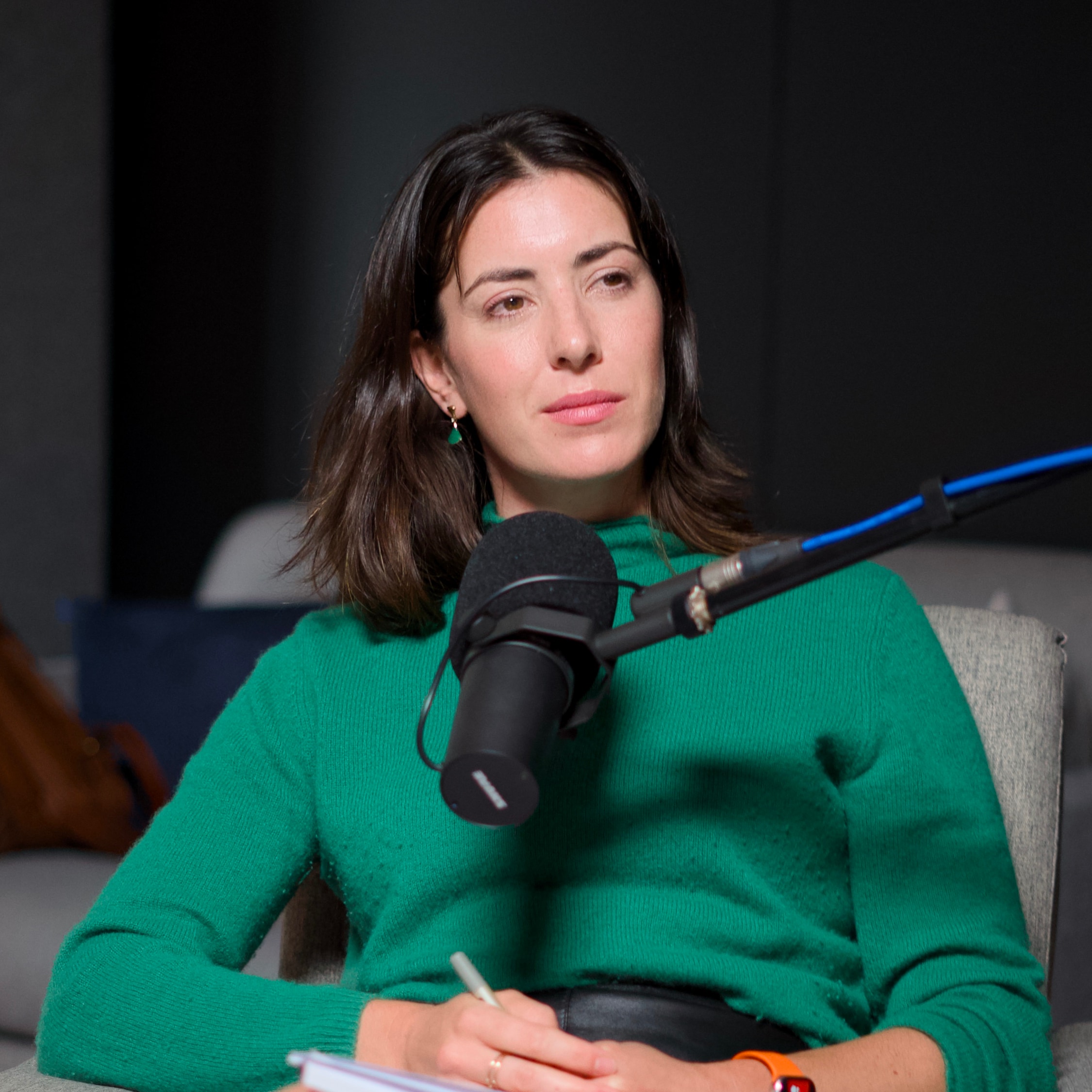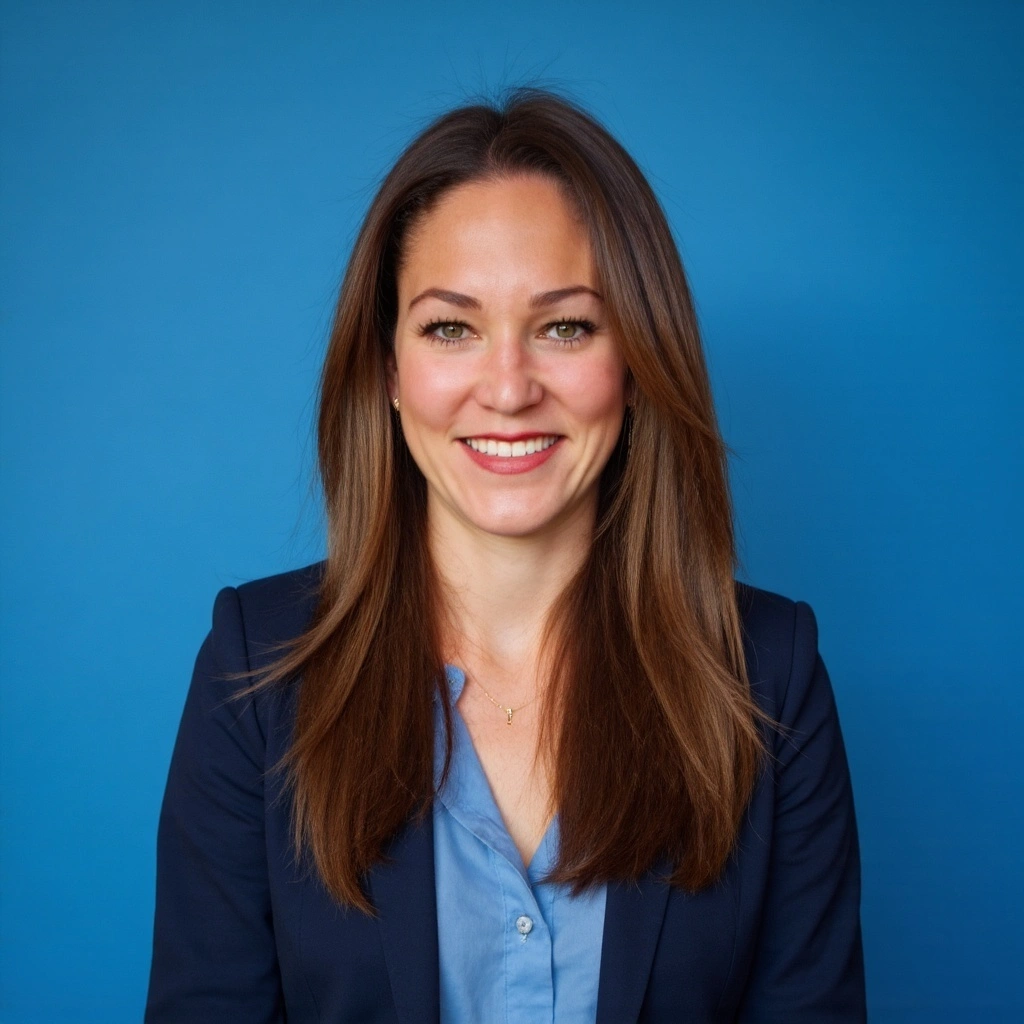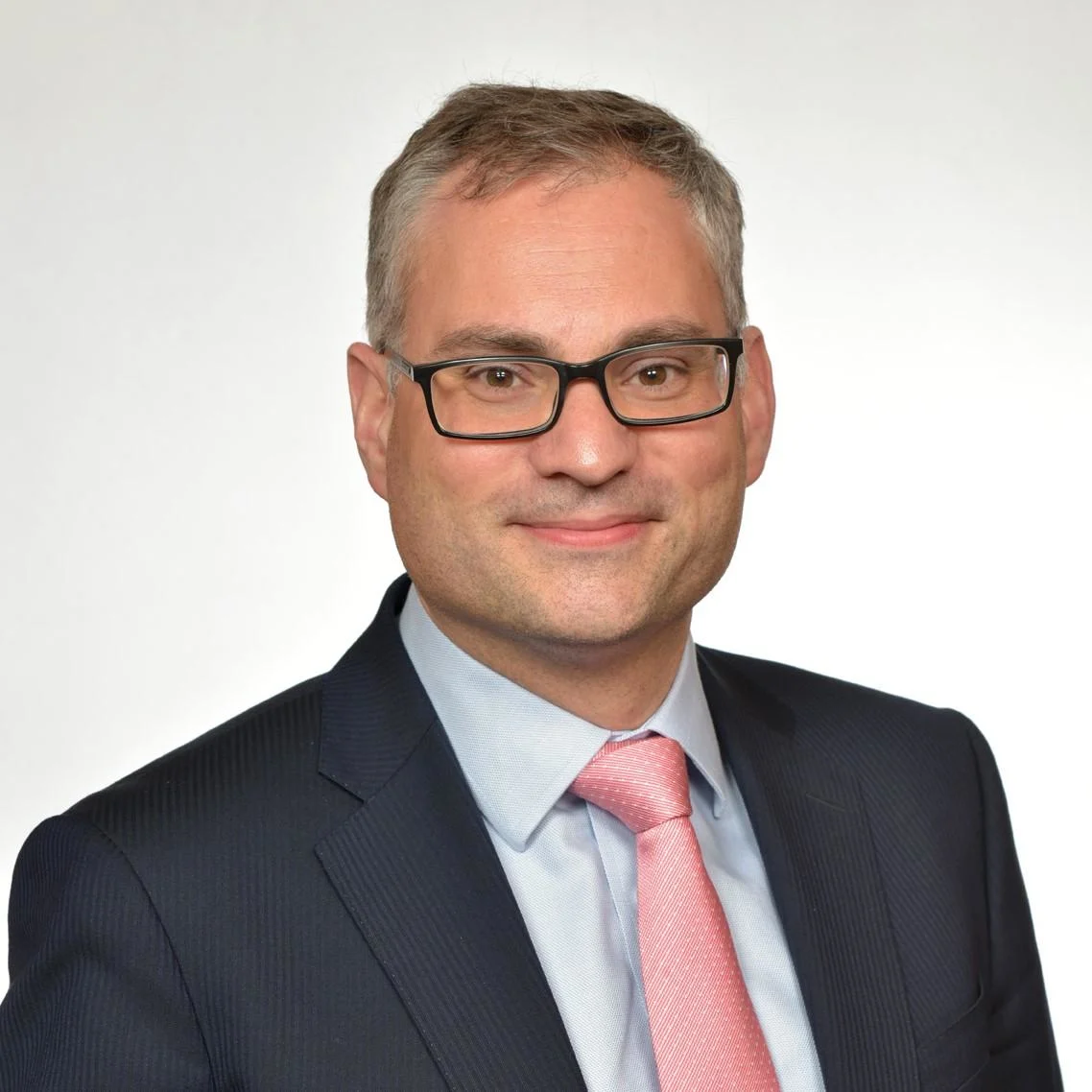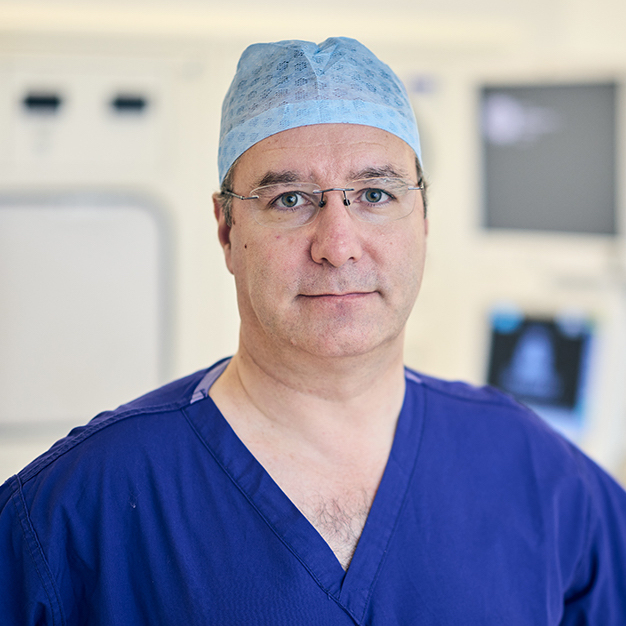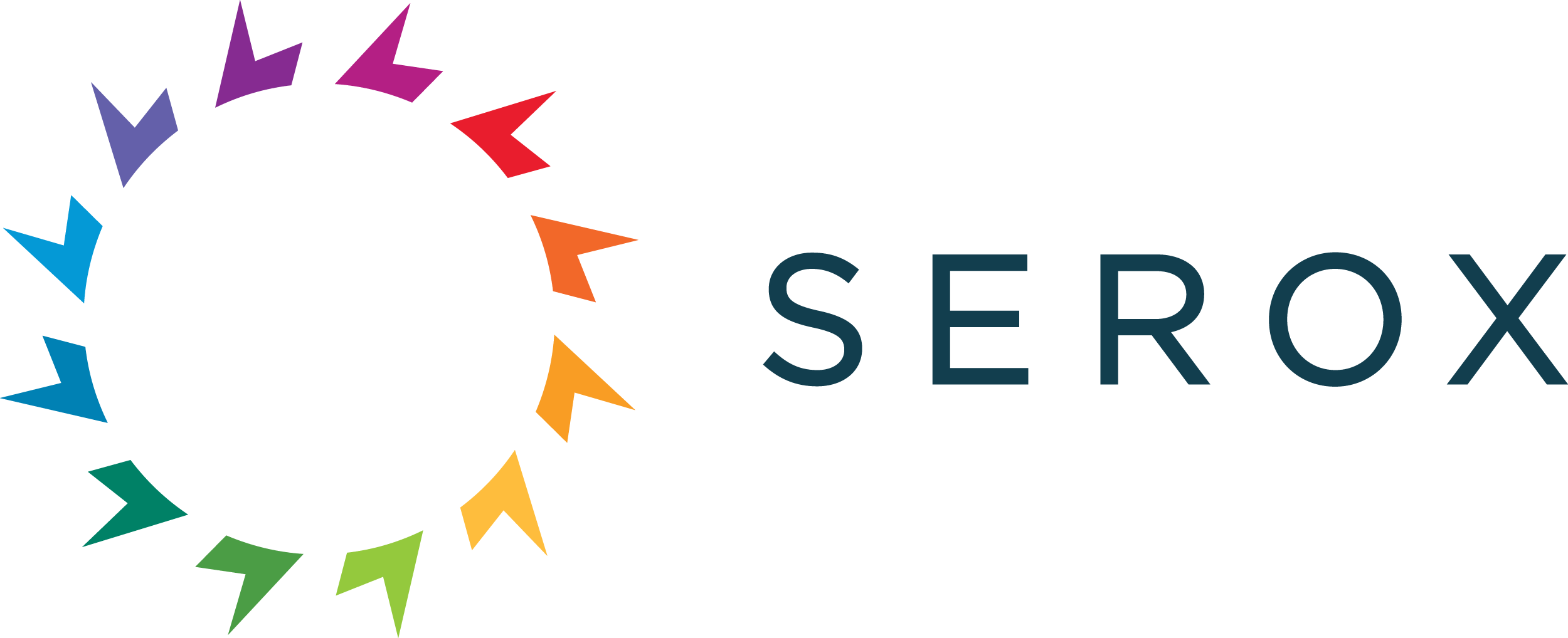
Serox are pioneering the future of diagnostics with cutting-edge technology designed to transform healthcare. This video series takes you behind the scenes of their mission, technology, and vision - showcasing how they are tackling some of the most urgent challenges in diagnostics today.
Why Us? Our Competitive Edge & Innovation
Why is now the perfect time for groundbreaking healthcare innovation? In this episode, Susannah de Jager and Cici Muldoon explore the current landscape of healthcare and why urgent change is needed. With the UK government highlighting the importance of the life sciences and MedTech sectors to drive economic growth and improve patient care, Serox’s diagnostic technology is at the heart of this transformation.
Cici and her team explain why Oxford is the ideal place to develop and scale a revolutionary diagnostic tool. From access to world-class talent, cutting-edge research, and strong institutional partnerships—including the National Physics Laboratory, Oxford University Hospitals NHS Trust, and SureScreen Diagnostics—Oxford provides the perfect ecosystem for MedTech innovation.
The episode also explores Serox’s collaboration with the Department of Defense on a drug detection test for roadside police use, showcasing the wide-ranging applications of this technology beyond healthcare. Experts including Professor Ben Turney, Professor P.G. Roy, and Giles Bond-Smith discuss how rapid, non-invasive diagnostics will transform both emergency and elective care, improving efficiency, reducing costs, and relieving pressure on overwhelmed healthcare systems.
Looking ahead, Cici explains how the flexibility of Raman spectroscopy and machine learning allows for a disease-agnostic approach, meaning this technology can expand far beyond urological cancers to detect a wide range of diseases in various biofluids. With personalised diagnostics and global scalability, this innovation could revolutionise healthcare accessibility worldwide.
[00:00:00] Susannah de Jager: We've spoken about the what, the how, the why, and now I want to know why now, Cici, what's changed in the landscape?
[00:00:10] Cici Muldoon: You will have heard in the news recently the huge amount of emphasis that there is on fixing our healthcare system, particularly here in the UK. Our Secretary of state for Health and Social Care said, and I quote, if we can marry our health and social care system with the incredible life sciences and MedTech ecosystem we have in this country, we can be a powerhouse for the life sciences and MedTech revolution in the world. That's an economic growth mission.
So that's something that speaks to the company directly, and that's exactly what we're doing. We are marrying the fantastic ecosystem that there exists here in Oxford, in life sciences and MedTech and trying to bring it to a place where it can help the NHS and it can help healthcare systems throughout the world.
[00:00:58] Susannah de Jager: Amazing, and so talk to me a little bit about the benefit of place of somewhere like Oxford that is such a powerhouse for the life sciences.
[00:01:06] Cici Muldoon: Oxford is a fantastic place to be. It's a source of talent. First and foremost, the team is one of the most important things for a company. The multidisciplinary nature of our team. We have all that in Oxford. So we've got data scientists, you know, software programmers, physicists, engineers, and all of that. When you have a university like Oxford, there's so many people in this area, and there's so many interesting companies doing similar things as well, and the most important thing is that we find a practical way to take all of these fantastic technologies being developed in the Oxford ecosystem and applying them in a practical setting.
[00:01:46] Ben Turney: Oxford is a unique place to conduct, this sort of, experimental work and to develop new technologies. The university is incredibly supportive for companies to develop from the knowledge that comes out of the university. This company has expertise both in clinical biochemistry, but also in physics and the design of the instrumentation.
It's also partnering with clinicians in Oxford who are very interested in developing new technologies. The goal really is to get this into the clinic so that we can improve the quality of diagnosis and the speed of diagnosis for patients, and the university and the environment in Oxford really is very supportive of delivering this, and that's why it's a great place to be building a project like this.
[00:02:28] Susannah de Jager: Amazing, and you've obviously got the departments and people you build up partnerships with here as well.
[00:02:33] Cici Muldoon: Yes, absolutely. So we've been working very closely with the National Physics Laboratory on questions of calibration. We work with the Oxford University NHS Hospitals trust on sample acquisition. We work with the university themselves and we actually also have a contract from Department of Defense to look at a slightly off-piste project. But something that will get us working with an LFT manufacturer, and that's a project looking at drugs of abuse in urine for roadside police use.
[00:03:04] Susannah de Jager: Wow.
[00:03:05] George Newham: We at SureScreen diagnostics have a really long history in drugs of abuse testing with lateral flow tests, and this allows us to offer a high degree of accuracy and improved safety in the workplace, for example. The next step in drugs abuse testing, however, is to incorporate laboratory grade tests with higher accuracy, greater sensitivity, and more certainty provided to the end user. This is realised through our collaboration with Serox.
[00:03:32] Susannah de Jager: So many applications and obviously all of that prestige of Oxford, that network that you're plugged into, gives you a huge access to data, which then feeds into enhancement.
[00:03:43] Cici Muldoon: So yeah, the longest lead item in what we do is the Biobank. So it's the samples. Acquiring, the correct disease samples with which we can build our machine learning models is actually the hardest part of the puzzle, and the fact that we are in Oxford where we have access to clinicians, PIs, and Biobanks is fantastic.
[00:04:05] P.G Roy: My name is PG Roy. I'm a Consultant Oncoplastic Breast Surgeon at Oxford University Hospitals, and I'm also Associate Professor for Breast Surgery at University of Oxford. Serox has the capability and also have a small facility, and they've already established a Biobank to very high standard in compliance with the needed regulations, and Oxford provides the clinical and the governance oversight in any trial or any study that's being undertaken. This combination is potentially a winning combination.
[00:04:41] Susannah de Jager: So talk to me a little bit about the size of the opportunity because it sounds vast.
[00:04:46] Cici Muldoon: Yes, so you look at it kind of as a funnel. When you start out, you look at the vast number of things you could do with the technology. Eventually you have to narrow down and go to market with one solid thing. But eventually we see that we can expand this out and have a tool that can be helpful across a wide variety of diseases.
The technique is disease agnostic and it's biofluid agnostic. By which I mean that the spectrometer doesn't really care if you're putting urine, or plasma, or indeed wine into it. All it sees is a molecular soup, and the machine learning algorithm doesn't really care what metadata you're tagging it with and how you are classifying your samples.
If you tell it that it's cancer of the left nostril of a 45-year-old man, it will not know the difference between that and prostate cancer. So it is really flexible and this flexibility is fantastic because it means that we can eventually expand out and look at many different disease states and have an enormous impact across a wide variety of diseases.
We're choosing to start with urology because it's what makes the most sense. It's closest to the source. Our goal is to produce a tri-test for bladder, prostate, and kidney cancer on a cartridge that allows you to screen for all three in one.
[00:06:00] Giles Bond-Smith: Where do I see Serox being best employed? Actually to be fair, it's gonna be in both, the acute setting and the elective setting. In the acute setting, it's all about time speed. We've gotta turn the patient over quickly to unblock ED, the surgical emergency units, the medical emergency units. We need to unblock those and Serox will deliver a reliable, easy to use, robust system that will give us results very, very quickly.
In the elective setting, in my specialty, where you are looking at liver and pancreatic disease, the surgeons there really want to be able to monitor people's tumor markers, for example, to see how people are progressing on relevant treatment or whether they've got any recurrence, early pickup of that, and Serox fits perfectly into that. Not just in liver and pancreas, but think of all the other diseases. Bladder cancer's got to be a great one, right, because it just comes straight out in the urine. Thanks very much. We've got the result.
Normally, you'd have to send that off to a lab. You've gotta spin it down. You're looking for time. It's expensive. What we are doing is they're in clinic. The patient turns up while they're waiting, their sample's being processed. That's the idea. So it's gonna fit in, sort of, seamlessly with a patient pathway to allow the clinician to have the results often before the patients even arrived in their clinic.
[00:07:23] Susannah de Jager: We've spoken about some of the opportunities from being just in Oxford, and the prestige and the partnerships, the access to data, facilities, brilliant minds. You did your PhD here. Can you talk a bit about how that's imbued through the way you've set up your company?
[00:07:40] Cici Muldoon: My PhD was fundamental in forming my approach to commercialising science. In my PhD, I was essentially trapping atoms and moving them around at will. The reason was we were trying to implement some of the basic building blocks of the quantum computer using neutral atoms and optical cavities, and at one point in my experiment, I got to the point where, according to me, I had trapped 1.5 atoms.
Now, this is because what I had in reality was a number of counts on a screen, on a computer, and in order to map that back to number of atoms, I would do a whole sort of calculation of what are the losses that every mirror in every lens, and how much of the radiation from these atoms are we capturing inside a vacuum chamber? There is a whole series of steps I would take in my particular experiment, which I had built from scratch to determine how many atoms I had trapped.
Now, I did this one day and came to 1.5 atoms and very excitedly. I went up to my PhD supervisor and I said, Axel, I've trapped one atom? And he said, Cici what does 1.5 round up to? Two.
And at that point I thought to myself, I could go away and publish paper right now and round down to one. I could say I trapped one atom and it would be nigh on impossible for anybody to come in and refute me because they'd have to rebuild this specific experiment, which took four and a half years of my life to build, and they would have to replicate exactly the experimental circumstances under which I collected light from that bowl of atoms inside a vacuum chamber and calculated back to the number of atoms.
It just made me pause in my tracks and think about the number of papers where we read, boffins say that something very official, and you sort of say, well, who has gone and replicated that precise experiment?
Now this, you're talking about very it esoteric and very complicated and highly technical experiments, but it's the same thing that flows through to the company. I think, I have a huge moral obligation to present good science to only say what the science, says. If the result is five, then we say five, and that's something that is massively important to me, and that comes from her experience of having done a PhD in experimental physics.
[00:10:02] Susannah de Jager: And so when we talk about Oxford, and all of the benefits of being here. The final one that we want to impress upon people is just that academic rigor and that being held to account by an ecosystem that doesn't accept anything other than good science.
[00:10:17] Cici Muldoon: Yeah, indeed and the data that we generate will also be very interesting in the sense that, imagine you're in India and you have, 350 samples of patients with oral cancer. Now, ostensibly the reason why they have oral cancer will be because they chew tobacco as opposed to smoked tobacco because oral tobacco is there's a higher propensity for chewing tobacco in India than there is smoking tobacco. Those people will have a particular genetic profile and a particular diet.
Now, imagine that you're doing the same thing in Ohio in the states. Now, the reason they have oral cancer is most likely because they've smoked tobacco, not chew tobacco. They'll have a different genetic makeup and they will have a different diet.
So if you think about building a model with these two data sets, the model that you build in India is gonna be very different from the model that you build in the US. So what this says is that the data that comes out of this is regionalised. So it is specific to a region, and what we see here is the root to personalisation because in due course you're not just testing a particular region or population. You're testing one person and comparing them versus them a month ago versus them a year ago.
So this is the idea that every person is very individual and that we can eventually develop tests that better serve a population or indeed, a person. So the data that we acquire is massively important and powerful, and you could see how that eventually could even drive policy making decisions because we can say something about, how cancer is being diagnosed and what the propensity of a certain disease in a population is.
[00:11:59] Susannah de Jager: God, that's absolutely fascinating and so exciting. Thank you, that's given some real context for why this is so important right now.
